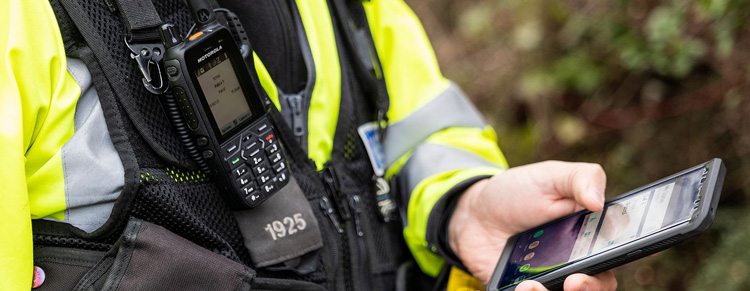I. What is a Police Walkie-Talkie?
Due to the unique nature of police operations, the working environment, requirements, and communication needs differ from regular walkie-talkies. In addition to reliability and durability, police walkie-talkies require powerful functionality, superior performance, sturdiness, shock resistance, and portability. They should be lightweight, easy to use, equipped with large battery capacity, and have extended standby times. Some departments may also have specific requirements, such as the need for communication encryption technologies. Notable examples in the market include cloud walkie-talkies and digital walkie-talkies.

II. Historical Development of Police Walkie-Talkies
Various companies, such as the Japanese Kyodo Communication Mechanism Manufacturing Co., Ltd., ICOM Corporation, and Kenwood Corporation, have produced a range of police walkie-talkies over the years. Models like FG809, FG808, KG105, GW1, TK348, and GP68-8 have been introduced to cater to the specific needs of law enforcement. Motorola, although entering the market later, has become a dominant brand with models like GP300, GP328/338, and MTP3000 series.
III. Classification of Police Walkie-Talkies
Police walkie-talkies are categorized into conventional communication and cluster communication. Conventional communication can be further divided into network-based and non-network-based systems. Cluster communication includes MPT1327 signaling systems and other standardized cluster systems. In the public security system, the use of police walkie-talkies is most prevalent, and compliance with the Public Security Ministry's requirements, such as CPSX numbering plans, dynamic restructuring, alarm functions, and one-touch activation, is mandatory.
Cluster walkie-talkies must adhere to MPT1327 signaling standards and be suitable for both cluster system and conventional channel modes, demonstrating offline capability. Offline functionality allows for temporary disconnection from the cluster system, facilitating direct communication with other mobile units in close proximity or beyond the system coverage area.

